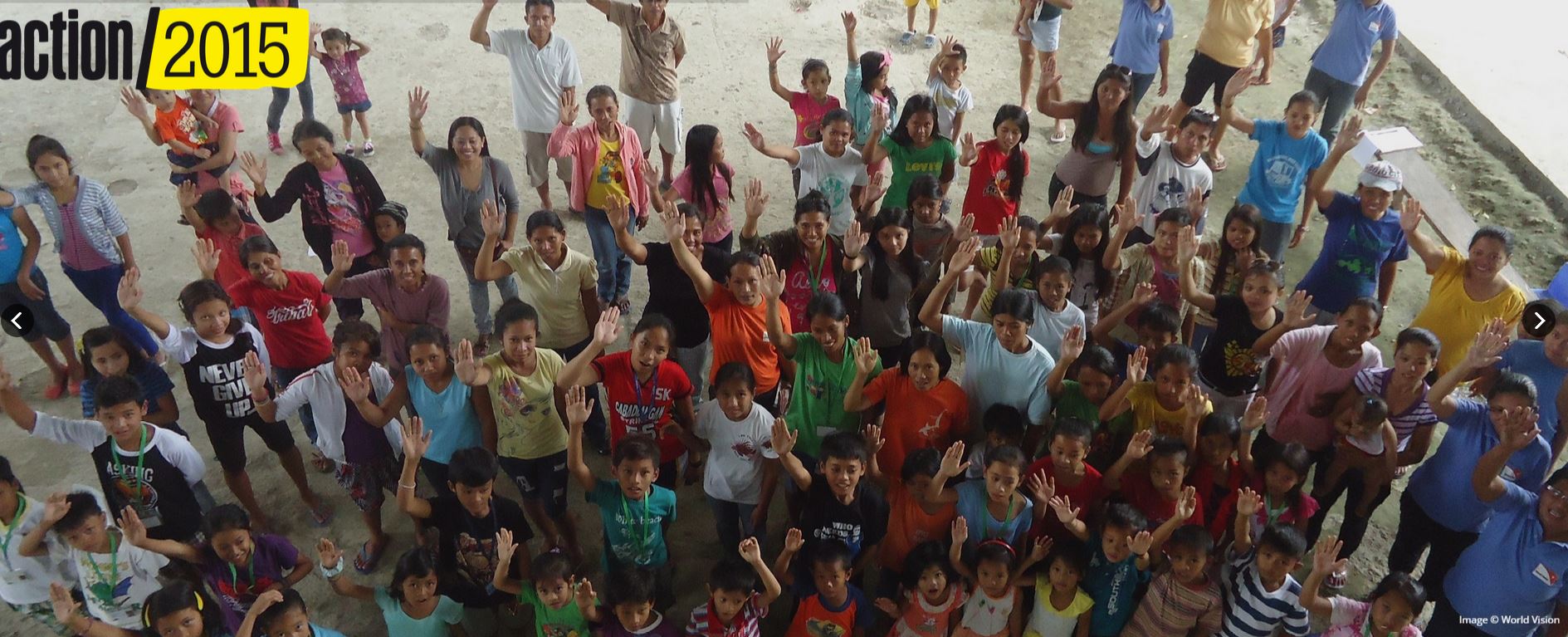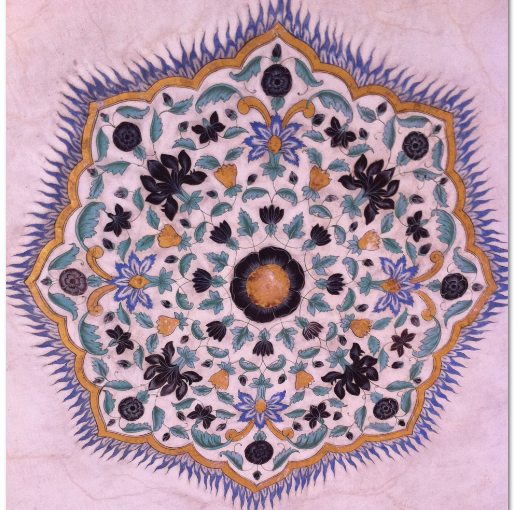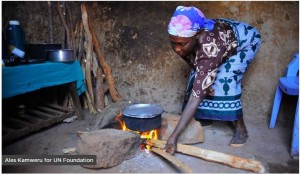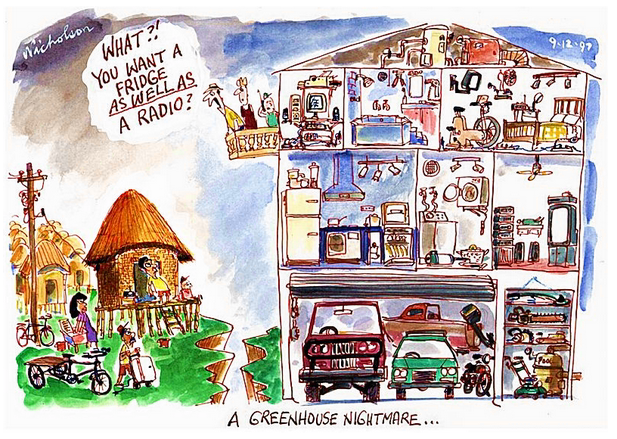What is REDD+?
REDD+ stands for countries’ efforts to reduce emissions from deforestation and forest degradation, and foster conservation, sustainable management of forests, and enhancement of forest carbon stocks. Continue reading
sustainable development
3 reasons for adding global perspectives to ALL learning areas

The advantage of bringing global perspectives to history, geography, civics and citizenship, humanities, art, drama, physical education, social education, philosophy, literacy-in fact, to all learning areas not defined is being noticed by increasing numbers of educators. So what dispositions are being developed? Continue reading
Global Education-what IS it?
Global education is a concept with a diverse number of understandings. Even the term ‘global education’ has different viewing platforms from global learning to global competencies from global citizenship to education for sustainable development. Continue reading
Education for Sustainable Development Part two

How can sustainability enhance the learning areas in curricula?
My favourite picture storybook is The Short and Incredibly Happy Life of Riley (Thank you Nuella.) You MUST read it. The message I took away was live simply so others can simple live. (Thank you Gandhi.)
A curriculum that has sustainable futures at its core will be a dynamic and value enriched program of learning. The ways in which we can meet our current needs without diminishing the environment or reducing the capacity of future generations to meet their own needs is what a sustainable future is about.
So as a learner and facilitator, I brainstormed all the concepts of a global curriculum centred around the functions of sustainability – cultural sustainability, economic sustainability, environmental sustainability and social sustainability …..so here goes…….needs and wants, human rights, politics, Millenium Development Goals, belief systems, value systems, gender equity, poverty reduction, global cooperation, interconnection, human well being, peace, resolving conflict, partnerships, trade, water, forests, natural hazards and disasters, biodiversity, food security, endangered species, energy, desertification, effects of climate and its change, trading fairly, education, identity, child Rights, Agriculture, ethical consumerism, migration, immigration, refugees, population, intercultural understanding, cultural diversity, connections to the past, indigenous culture, global health…… phwew!! And that’s just for starters.
Write down these learning areas- Civics and Citizenship, Geography, Science, History, Technologies, Maths, The Arts, English, Health and Phys Ed, Languages and Economics.
Now try and fit any one of the concepts above under just one learning area. Can’t choose? That’s because sustainability and global learning cross all areas of the curriculum. A rich curriculum has interconnected learning.
The best way to work out where you can work with these concepts in your curriculum is to do a concept map.
Take a look at your existing curriculum. Could you enhance it and open the eyes of your learners a little wider by including a concept around sustainability?
Education for Sustainable Development Part one
Have you asked yourself, “What REALLY IS sustainability?”
Since the late 1960’s, sustainability, which initially had an environmental focus, expanded to include economy and later social and cultural considerations.
In 1987 the approach to conservation brought together environmental conservation and development and so came the term ‘sustainable development’. This represented the first formal recognition that “development should meet the needs of the present without compromising the ability of future generations to meet their own needs”, suggesting development, progress and growth had to take account of their environmental impacts.
So wider ethical issues such as human rights, in support of values, justice and fairness are integral to education for sustainable development. Intercultural understanding strengthens respect for equality. Peace and resolving conflict foster the values of empathy and cooperation. A rights based education encompasses the concept of education for sustainable development and reinforces the awareness that we share a common destiny with others. (OHCHR 2006).
Sustainability has become a vast social, political, economic and educational concern. The UN has devoted a decade to Education for Sustainability. The Australian Curriculum considers sustainability important enough to be delivered across the curriculum.
Watch out for more posts on this topic.
Part 2 “In what ways could sustainability enhance the learning areas in my curriculum?”
Part 3 “How could I amplify sustainability throughout my school?”
Cartoon by Nicholson from “The Australian” newspaper: www.nicholsoncartoons.com.au – See more at: http://nicholsoncartoons.com.au/reproduce-a-cartoon#sthash.eni7rgBN.dpuf
Sustainable development of culture

I have been reminded of the variation and importance of culture during a film festival I have been attending over the last 12 days. Some aspects of the cultures and values of others have been entirely new to me.
Cultures among people have developed over millenia in every corner of the world. The distinctions and nuances between people as they form groups to live, to work and to create have been the means by which we form values, understand the human form, learn from the past and inform the future. The diversity of a myriad of cultures underpins how individuals and groups and communities develop, grow and flourish.
Whilst I know and cherish the values and cultural influences on my life, why should I learn about the cultures of others? Cultural upbringing is an inherently important aspect of my identity; it is part of who I am. When I am proud and confident of who I am, I can understand why others might feel the same about themselves. The more we delve into intercultural understanding, the richer and stronger are the groups that make up our society.
Recognizing the importance of building human solidarity, our rich diversity, which is our collective strength should be used for constructive partnership for change and for the achievement of the common goal of sustainable development. (Johannesburg Declaration, 2002)




